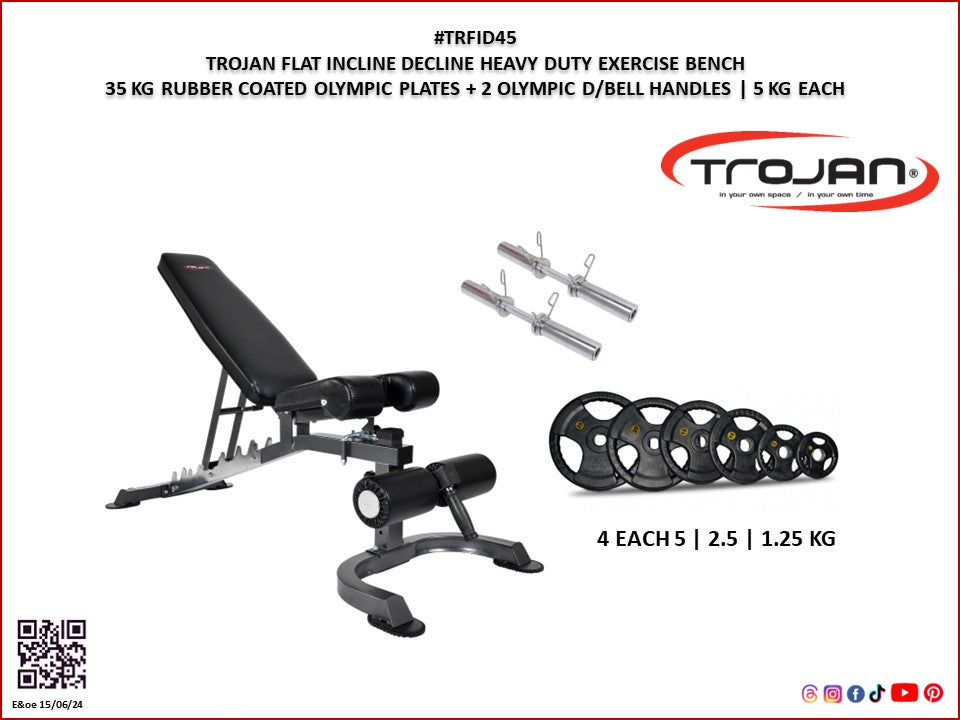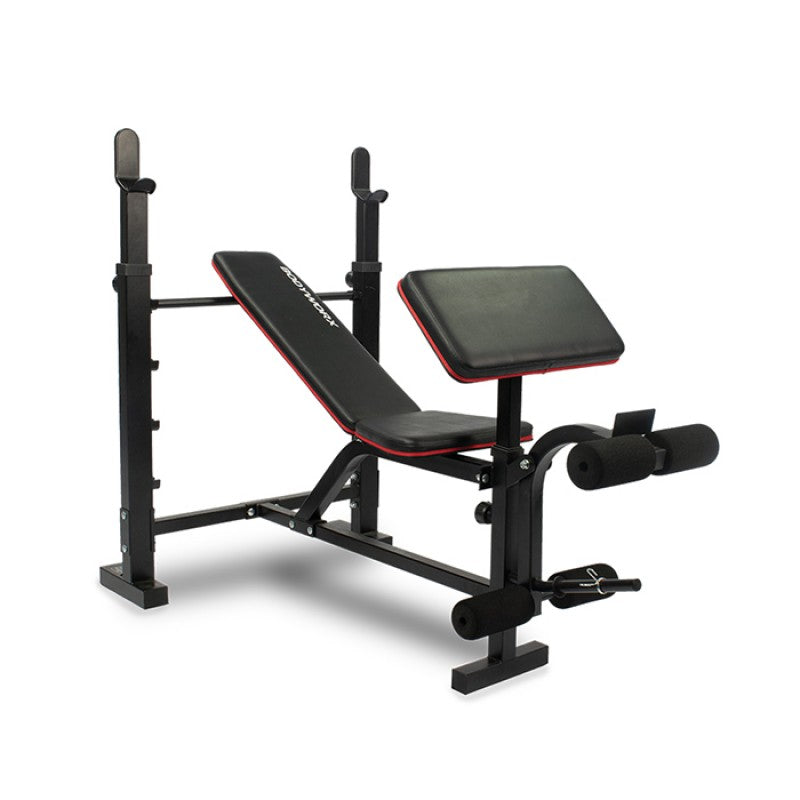
As with most individuals, regular exercise remains an unattainable aim, but a multibillion-dollar business has sprung up around the claim of an instant win. For many people, fitness centre memberships and home exercise training equipment are terrific fitness options. However, bear these facts in mind.
- Even the most high-tech equipment and the most well-equipped gyms can only yield effects if they are exercised consistently.
- Learn how to correctly utilise equipment to prevent accidents that could put you out of action for a long time.
- Exercise equipment is available in a variety of styles, sizes, and retail prices. Before buying a product, it’s a good idea to look at customer reviews and apply our recommended buying guides.
- If you’re looking for home exercise training equipment, here are some fundamentals to know.
Facts About Cardio Equipments
Lines of equipment meant to replicate cycling, walking and jogging, paddling, rowing, skiing, and stair climbing can be found in just about any fitness centre. These machines provide terrific cardio exercises that melt calories and fat, whether they are motorised or not, and whether they are intended for heavy-duty health club usage or lightweight home models from the exercise equipment store. Furthermore, your workout will occur indoors, safe from the outer weather influences.
1. Elliptical Trainer
This exercise training equipment has a cyclical up-and-down movement that is similar to that of a stair-stepper and ski equipment. They provide a low-impact, moderate activity that is gentle on the joints. On some versions, resistance and intensity can be modified manual or automatic.
Pro Tips:
- Look for grippy rubber pedals with curved edges and comfy handlebars.
- Check the machine’s stability by running it at different speeds and slopes.
2. Rowing Machine
Rowing machines engage the back, arms, and legs all at the same time, providing the closest thing to a total-body training that a machine can provide.
Pro Tips:
- Choose pulley designs rather than piston models when buying one from an exercise equipment store for a more accurate rowing experience.
3. Stationary Bicycle
Whereas an exercise bike requires no expertise and is simple to operate, it can be uncomfortable for lengthy periods of time. While cycling isn’t as helpful as weight-bearing exercises for bone health, it does offer a terrific cardiovascular exertion.
Pro Tips:
- Go for a design with toe clips and a comfy, adjustable and movable seat.
- If the seat is excessively stiff, see if a cushioned variant can be purchased separately to swap it.
Treadmill
You may walk or jog indoors with this exercise training equipment. Some models have a pliable surface that is less disturbing to the joints.
Pro Tips:
- Choose a treadmill with a motor. When buying one, opt for one with a powerful motor so that it will last more.
- Pick one with a long and broad conveyor to accommodate your pace.
- A strong structure with safety front side railings.
- Treadmill with a safety switch that allows you to halt in an emergency.
Strength Equipment
These tools allow you to gain muscle by using gravity, body weight, outer weight, or pressure as a resistant factor.
If you’re just getting started, put money into a few essentials – suitable running boots plus dumbbells, free weights, or kettlebells — rather than a large quantity of spending on weight lifting machines, which will save you a great deal of money at an exercise equipment store.
Exercise Mat
When it comes to starting up a home gym, the very first thing you’ll need is an exercise mat. While exercising, people use exercise mats to cushion and buffer their bodies and alleviate aches and pains.
Pro Tip:
- For floor workouts, use a nonslip, well-padded mat.
- Concentrate on choosing an appropriate size.
- For post-workout stretches or core workouts, a basic, shorter mat will suffice. For deeper yoga or exercise sessions, longer mats are preferable.
Free Weights
Free weights require you to engage your muscles in a manner that allows them to move more steadily. This allows you to develop endurance, strength, and balance all at the same time. They’re also adaptable, as they can be used in a range of contexts and situations.
Begins with pairs of weights as minimal as 2 lbs and 5 lbs, or 5 lbs and 8 lbs, according to your present capacity.
Pro Tips:
- Dumbells should only be purchased in pairs and never as singlet weights.
- It’s simple to grasp dumbbells with padded middle bars and D-shaped weights.
- Obtain the hex shape at all times at an exercise equipment store. As rounder dumbbells slide across the floor, which you certainly don’t want. When you’re performing specific workouts, the edges of your square head will scrape up against you.
Kettle Bells
Kettlebells are proven to increase general power, core stability, agility, flexibility, and coordination, as well as melt fat and build strong and lean muscles.
As you can notice, there are a variety of kettlebells to pick from at an exercise equipment store, including Vinyl Coated Kettlebells, Adjustable Kettlebells, Cast Iron Kettlebells, and Gorilla Face Kettlebells, and much more.
You should select a kettlebell that will not injure your wrists, forearm, or hands.
Pro Tips:
- When practising single-handed training, choose kettlebells with a smaller handle and a squarer design. Competition kettlebells, for example, are built to be operated with just one hand. Due to the confined space, your hand does not slip everywhere.
- The cast iron kettlebell has a two-handed swing because the handle is broader, allowing you to use it with two hands if needed, allowing you to perform all of the double-handed workouts.
- Make doubly sure you don’t get a kettlebell with a too-thick handle. If you can’t even grasp your fingers completely around the handle of the kettlebell, it’s too broad for you. Your forearms will quickly fatigue out, and completing reps can be difficult.
- The bottom of the kettlebell should be flat and solid, with no rubberized or plastic base affixed. Bases are useful for preventing markings on the floor, but they scrape into your arm and body when using the kettlebell.
Conclusion
Evaluate your requirements and discover exercise training equipment that meets them, as well as the space available in your home for them and, most importantly, your budget.
Disclaimer
The information provided on this website is intended for general informational purposes only and should not be considered professional or medical advice. We make every effort to ensure the information provided is accurate and up-to-date, but we cannot guarantee the accuracy, completeness, or timeliness of the information. Any reliance you place on such information is strictly at your own risk. Always consult a qualified professional before making any significant changes to your diet, exercise routine, or lifestyle. We are not responsible for any adverse consequences resulting from the use of, or reliance on, any information provided on this website.
 All Payment Methods are Accepted
All Payment Methods are Accepted










